
Tự động recloser 12kv 63A điện áp cao điện chuyển đổi điện chân không ngắt mạch cô lập ngoài trời chân không chia tải chuyển đổi
350,00 US$ - 400,00 US$
Min Order: 1 Cái
CNSupplier
1 yrs

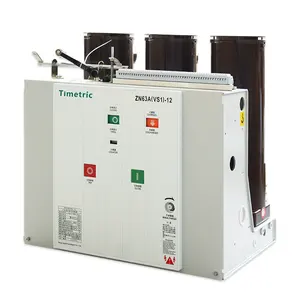
Bộ Ngắt Mạch Chân Không Kiểu Nhà Xưởng Chất Lượng Cao Từ Nhà Máy Trung Quốc 12KV Vcb Phun Nhựa Kết Hợp Theo Yêu Cầu
500,00 US$ - 2.000,00 US$
Min Order: 1 Cái
CNSupplier
3 yrs


Bộ Ngắt Mạch Siemens 100% Mới Nguyên Bản Và 90% Đã Sử Dụng 33th43100b
18,00 US$ - 20,00 US$
Min Order: 1 Cái
CNSupplier


Tùy Chỉnh Trong Nhà Nhựa Điện Hộp Phân Phối Ngắt Mạch Bảo Vệ Bìa Adapter Chuyển Đổi Hộp Nối
0,45 US$ - 1,00 US$
Min Order: 10 Cái
CNSupplier
1 yrs


Ban đầu trong kho 3wl1106 3wl1108 3wl1110 3wl1112 3wl1116 3wl1120 ACB Air Circuit Breaker
Sẵn sàng vận chuyển
2.398,00 US$ - 2.498,00 US$
Min Order: 5 Cái
Shipping per piece: 125,57 US$
CNSupplier
1 yrs

chân không circuit breaker giábộ ngắt mạch chân không trong nhàchân không circuit breaker nhà sản xuấtbộ ngắt mạch chân không minibộ ngắt mạch chân không 1pbộ ngắt mạch chân không trung bìnhngắt mạch chân không 30bộ ngắt mạch chân không kvchân không ngắt mạch chân khôngbộ ngắt mạch chân không cơ khítrung quốc chân không ngắt mạchbộ ngắt mạch chân không điện áp caobộ ngắt mạch chân không tự độngbộ ngắt mạch chân không có thể rútmitsubishi ngắt mạch chân không

Đảm Bảo Chất Lượng 11kV 12kV 3 Cực Ngoài Trời Ngắt Mạch Chân Không
1.770,00 US$ - 1.850,00 US$
Min Order: 1 Cái
CNSupplier
8 yrs

Điện 12kv Điện Áp Cao Trong Nhà Chân Không Ngắt Mạch
800,00 US$ - 1.500,00 US$
Min Order: 10 Cái
CNSupplier
6 yrs

Các Loại Máy Cắt Chân Không Điện Áp Cao 22kV Vcb ZN63A / VS2-22 Trong Nhà
100,00 US$ - 130,00 US$
Min Order: 1 Cái
CNSupplier
8 yrs

10KV 12kv MV điện áp trung bình rút chân không ngắt mạch cho tủ chuyển đổi điện áp cao
199,00 US$ - 1.599,00 US$
Min Order: 1 Bộ
CNSupplier
13 yrs

11kv 12kv 24KV VCB trong nhà vd4 điện áp cao và trung bình 630A 1250A ngắt mạch chân không tự động
2.650,00 US$ - 2.900,00 US$
Min Order: 1 Bộ
CNSupplier

Bộ Ngắt Mạch Chân Không Cho Tủ Điện Áp Cao FZN25-12 Công Tắc Ngắt Tải Trong Nhà 12KV
638,00 US$ - 698,00 US$
Min Order: 1 Bộ
CNSupplier

Zn63a VS1 trong nhà điện cao áp 630A 12kv VCB Bảng điều khiển ngăn kéo tay chân không ngắt mạch
500,00 US$ - 1.700,00 US$
Min Order: 1 Bộ
CNSupplier
14 yrs

1VCR002948G0005 New & Original Vacuum Circuit Breaker
Sẵn sàng vận chuyển
180,00 US$
Min Order: 1 Hộp các tông
Shipping per piece: 28,27 US$
CNSupplier
8 yrs
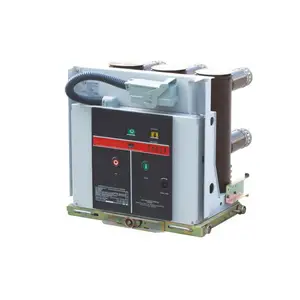
VS1 ZN63A IEC56 3Pha 12KV 11KV 1630A 1250A 1600A 2000A 2500A 3150A 4000A 5000A Trong Nhà Điện Áp Cao VS1 Chân Không Breaker
100,00 US$ - 1.000,00 US$
Min Order: 1 Cái
CNSupplier
10 yrs

Bộ Ngắt Mạch Chân Không Vd4 Khuyến Mại Chất Lượng Tốt Nhất
750,00 US$ - 1.000,00 US$
Min Order: 10 Cái
CNSupplier
15 yrs

Thiết Bị Ngắt Mạch Chân Không 35KV 40KV Ngoài Trời ZW7-40.5KV (VCB)
800,00 US$ - 1.500,00 US$
Min Order: 15 Cái
CNSupplier

Zn28 loạt trong nhà 10KV 12kv 630a-3150a chân không trong nhà ngắt mạch
200,00 US$ - 400,00 US$
Min Order: 1 Bộ
CNSupplier
8 yrs

Máy Cắt Chân Không Điện Áp Cao 12kv 1250a Hv 4000A Trong Nhà
680,00 US$ - 1.200,00 US$
Min Order: 1 Đơn vị
CNSupplier

Thiết Bị Ngắt Mạch Chân Không Trong Nhà Điện Áp Cao 24KV ZN63(VS1) Với Khung DPC 10KV 33KV Rút Được HV VCB Cho Thiết Bị Chuyển Mạch
800,00 US$ - 1.100,00 US$
Min Order: 1 Bộ
CNSupplier
11 yrs

ZW17-40.5 Loạt Ngoài Trời Cao-Volt Chân Không Ngắt Mạch
5.000,00 US$ - 20.000,00 US$
Min Order: 1 Bộ
CNSupplier
6 yrs

Điện Áp Cao Thiết Bị Đóng Cắt Phụ Kiện Trong Nhà VD4 12kV 13.8kV 20kV 24kV 35kV Chân Không Ngắt Mạch
1.000,00 US$ - 2.800,00 US$
Min Order: 2 Bộ
CNSupplier
16 yrs

ZN85-40.5 36KV 33kv Trong Nhà Nhúng Cực Chân Không Circuit Breaker
2.000,00 US$ - 2.900,00 US$
Min Order: 1 Cái
CNSupplier
6 yrs

Chân không circuit breaker 1000 v dc ngắt mạch đơn cực dz30le, đơn cực elcb nhà cung cấp
0,838 US$ - 0,925 US$
Min Order: 10 Cái
CNSupplier

Bộ Ngắt Mạch Chân Không HVX12-31-12E150 HVX550 11KV VCB Chính Hãng Và Mới
9.045,00 US$ - 13.568,00 US$
Min Order: 1 Cái
CNSupplier
9 yrs
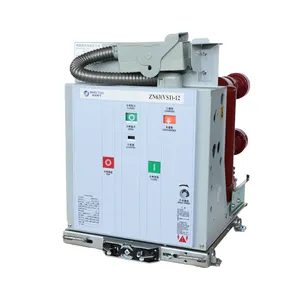
Chân không bộ phận ngắt mạch trung bình & điện áp cao 12kv 630-2500a 3 cực sản phẩm cho thiết bị chuyển mạch handcart loại container Chassis
400,00 US$ - 1.000,00 US$
Min Order: 1 Cái
CNSupplier
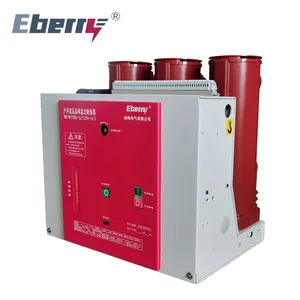
Thiết Bị Ngắt Mạch Chân Không Trong Nhà 11kv 13.8kv Vcb
800,00 US$ - 1.200,00 US$
Min Order: 1 Cái
CNSupplier
5 yrs

Thiết Bị Điện Thiết Bị 11kV 12kV VS1-12 Trong Nhà Điện Áp Cao 2000A Máy Cắt Mạch Chân Không
Sẵn sàng vận chuyển
500,00 US$
Min Order: 1 Cái
Shipping per piece: 3.500,00 US$
CNSupplier
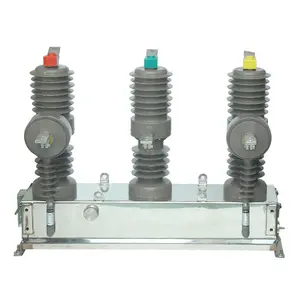
ZW32 12KV -630A Air No Fuse Outdoor Vacuum Circuit Breaker
1.200,00 US$
Min Order: 1 Cái
CNSupplier
15 yrs

Yueqing ZN63(VS1)-Bộ Ngắt Mạch Chân Không Điện Áp Cao Gắn Bên Trong 12
690,00 US$ - 710,00 US$
Min Order: 1 Cái
CNSupplier

Điện áp cao ngoài trời AC ranh giới Vacuum Circuit Breaker CE chứng nhận
30,00 US$
Min Order: 5 Cái
CNSupplier

Cuộc Sống Lâu Dài Phổ 24kV Chân Không Ngắt Mạch Với Hiệu Suất Cao
4.000,00 US$ - 9.000,00 US$
Min Order: 1 Cái
CNSupplier
5 yrs

Nhà Máy Outlet nhanh chóng vận chuyển zw7 loạt VCB ngoài trời điện áp cao xen kẽ hiện tại chân không ngắt mạch
1.500,00 US$ - 3.450,00 US$
Min Order: 1 Bộ
CNSupplier

GADA 3 Người Ba Lan Chân Không Cơ Giới 200amp Mini Circuit Breaker
2,40 US$ - 2,55 US$
Min Order: 100 Cái
CNSupplier

Bộ Ngắt Mạch Chân Không Điện Trong Nhà Cao Áp 12kv 50HZ AC 10000Times 630a-1600a CE ISO9001 ZN63(VS1)-12 HE
1.081,00 US$
Min Order: 1 Cái
CNSupplier

An Toàn Cao ZN85-40.5/T Handcart Chân Không Circuit Breaker
1.500,00 US$ - 2.500,00 US$
Min Order: 1 Bộ
CNSupplier
7 yrs
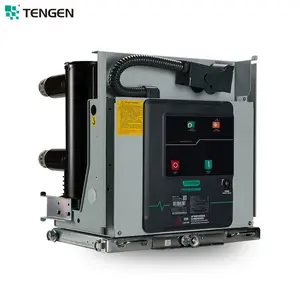
Nhà Sản Xuất OEM Tengen Thương Hiệu Trong Nhà 10kv 11kv 12kv 24kv 1000 Amp 1250amp 2000a VCB AC Chân Không Circuit Breaker
800,00 US$ - 2.500,00 US$
Min Order: 2 Cái
CNSupplier

Kontron MCB 380V CM1 loạt đúc Mini chân không ngắt mạch 3 giai đoạn AC 50Hz VCB đúc trường hợp Redmi 13C QCY T13 ANC nxb63
9,00 US$ - 10,00 US$
Min Order: 5 Cái
CNSupplier

ZN85-40.5 Loạt 33KV 35KV 36KV 40.5KV 1250A 1600A 2000A 2500A Trong Nhà Chân Không Ngắt Mạch
2.000,00 US$ - 2.500,00 US$
Min Order: 5 Cái
CNSupplier
6 yrs

OEM ZW-32 Ngoài Trời HV Chân Không Ngắt Mạch
1.000,00 US$ - 2.500,00 US$
Min Order: 10 Bộ
CNSupplier
6 yrs

Bộ ngắt mạch chân không VIGI 3 pha 35KV nsx100f TM-D 16 nsx100f TM-D 25/32/40 3 P 2 cực Giá Các Loại
48,00 US$ - 58,00 US$
Min Order: 5 Cái
CNSupplier
1 yrs





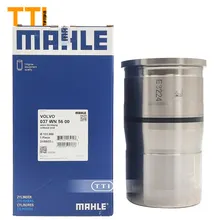
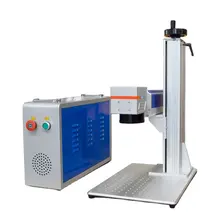







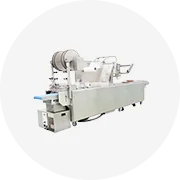

















 浙公网安备 33010002000092号
浙公网安备 33010002000092号 浙B2-20120091-4
浙B2-20120091-4